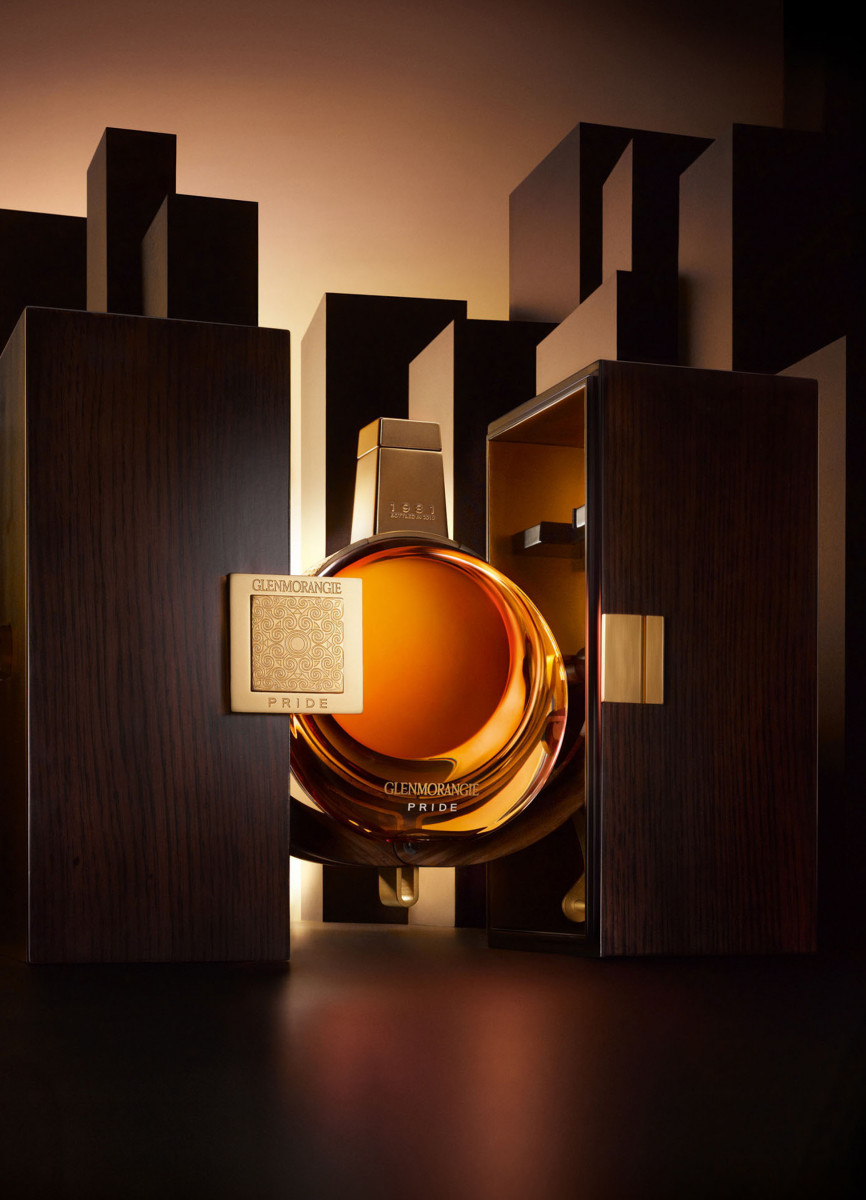
Thoughts,
WHISKY'S TEACHINGS
FOR ULTRA LUXE BEAUTY
What can the beauty industry learn from ulra-luxe whisky? By Zoe McGee & Emma Ralphs, Butterfly Cannon Strategy Team
With $350bn spent every year on luxury goods, you’d be forgiven for assuming that a sizeable chunk of that is poured into beauty. But of that impressive $350bn, a fractional $20bn is currently going towards the creams, cosmetics, and services that keep us looking and feeling good at an elevated price point.[1]
That, as suggested by McKinsey and Business of Fashion, is poised to change.[2]
The beauty industry is evolving. Traditional approaches that once differentiated luxury from the mass market just aren’t cutting it anymore. And thanks to social platforms, consumers have more access than ever to the increasingly saturated world of beauty. Meanwhile, mid-priced offerings have adopted the elevated language, branding, and packaging of luxe brands, and have invested in the experiences and innovation that were once only accessible at a significant price point.[3] Separating your brand from the competition is crucial, and the ultra-luxe space offers an opportunity to create and activate on another level entirely.
So, what is driving that growth in the ultra-luxe beauty segment? Demand from an audience used to the finest things in life.
High Net Worth and Ultra High Net Worth Individuals are roughly defined as those with liquid assets of either at least $1 million (HNWI) or at least $30 million (UHNWI).[4] They expect more, different, and better across all categories, whether that’s extreme craftsmanship, a hyper-personalised service, or one-of-a-kind experiences.
Businesses responding to this desire for luxe+ are starting to become more prevalent in the beauty category. Cartier, Dior, and Armani are creating hyper-unique experiences and developing products with hard-to-find ingredients.[5] COTY has acquired fragrance brand Creed for $3 billion.[6] Collaborations (a firm favourite of the drinks industry) are allowing new players to muscle in, using their authority as a luxury brand to transcend categories. For example; when Remy Cointreau announced its entry into the world of
ultra-luxury fragrance earlier this year with Maison Psyche, it did so backed by the expertise of their head cellarer, and Firmenich’s principal perfume curator. The fragrance will be sold in Baccarat crystal flasks, adorned with gold and diamonds, and made available in limited numbers for a cool $5,500.[7] Now that is ultra-luxury.
Over the years, we’ve seen the whisky industry undergo an ultra-luxe evolution driven by similar audience expectations.[8] As the market became both more saturated and more premium, it pushed upwards, creating demand for covetable products supported by unbelievable brand experiences. The luxury whisky segment has since become a hotbed of innovation and creativity, sparking incredible partnerships, fantastical activations, and exhibit-worthy packaging.
In our experience working with some of the world’s most aspirational brands, we have identified 6 key principles that create demand in the ultra-luxury space: Creativity, Rarity & Scarcity, Credibility, Hyper-curation, Innovation, and Purpose, with examples of how these have been brought to life in the whisky category.
1. CREATIVITY
Call us biased, but “creativity” may be the most important of all the principles here. Truly creative storytelling will inspire an emotional response. It should move people with its beauty or bravery, compelling them to act.
The world of luxury whisky is abundant with creativity, from the liquid to the pack design to the experience built around it. If you are to collaborate in a creative space, it must support not only that desire to be creative but the innate qualities of the product itself.
The Pride range is crafted from the rarest and oldest parcels of single malt that Glenmorangie has ever produced, using original techniques handed down from the earliest days of the distillery. Inspired by the innate qualities of the liquids, the brand collaborated with masters of craft from different fields, to create the “coffrets” to house the whisky in. Furniture designer Wouter Scheublin, artist Idris Khan, and pianist Aaron Diehl were able to bring their unique style and vision to life, crafting works of art truly worthy of the liquid.[9]
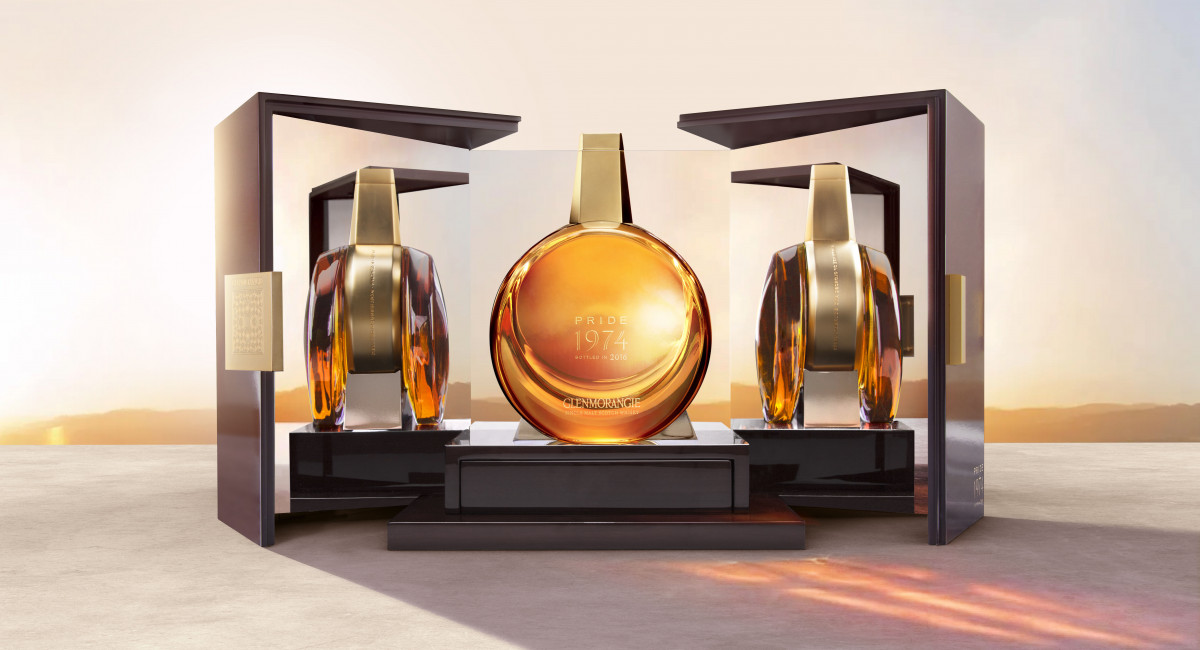
How can you bring creativity into your beauty brand? What story are you telling, and how? Is it through packaging or the experience? What will take your product from functional to covetable and beyond?
2. RARITY & SCARCITY
What are the qualities that make something rare? Is it the ingredients in the product, the knowledge required to create it, the hours put into bringing it to life? Is it a limited release, or creating an incredibly covetable collection that feels incomplete if just one expression is missing? It could be all of these – sometimes all at once. Many brands working at the pinnacle of luxury employ these tactics to create FOMO, but it’s the level at which it’s pitched that makes something ultra-desirable.
When The Glenmorangie Company was leaving its facilities in Broxburn, Scotland for Edinburgh, Dr. Bill Lumsden looked around one of the warehouses and found some forgotten boxes full of unlabelled bottles. He realised that the bottles were ultra-rare 1970s-era Glenmorangie bottlings, all believed to be long gone from the market. These were rebottled, repackaged, and released as a stylised 1970s Collection, sold with a custom-designed vintage-inspired lock case for an estimated price of $50,000 per set.[10]
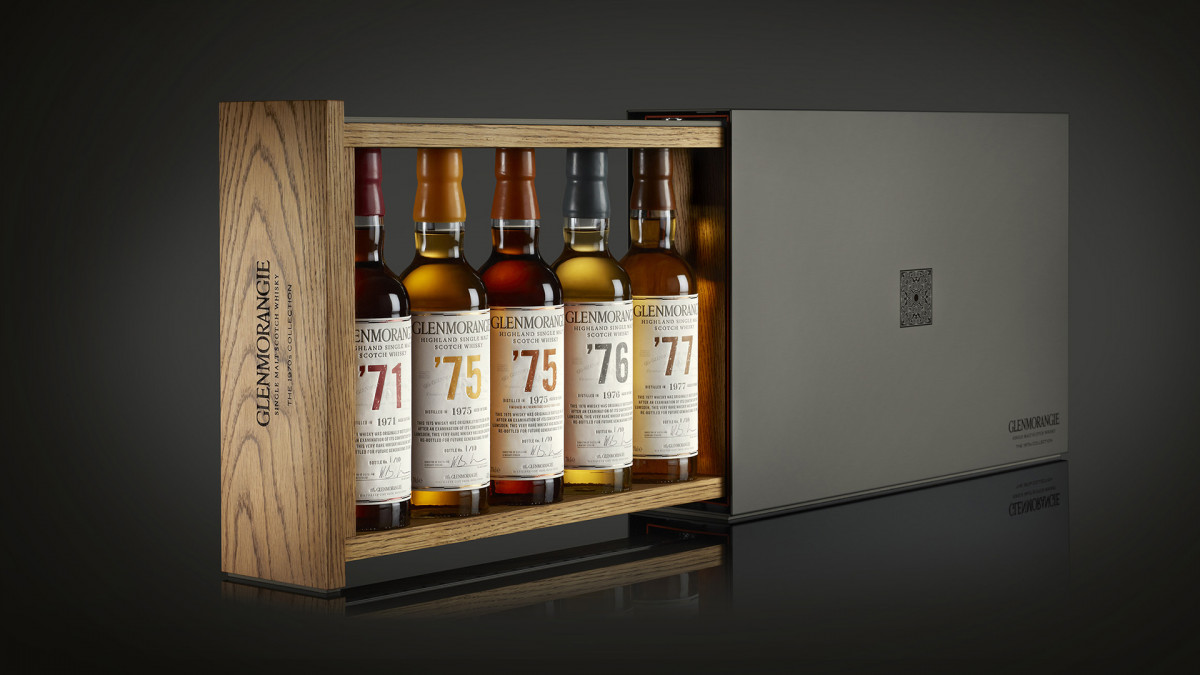
3. CREDIBILITY
If you’re a heritage brand, your credibility will perhaps have been formed over years of brand building. If you’re a challenger (or a heritage brand in need of a boost), external validation or collaboration can be incredibly potent, adding value and veracity, as well as PR-ability and story-telling.
For each Cask of Distinction collection, Diageo’s esteemed masters dedicate more than 4,200 hours every year to uncovering hidden gems from across 50 warehouses of their extensive Scottish warehouses. Their goal is to bring them out from obscurity so that each cask can be experienced and celebrated for its exceptional and distinctive qualities. It is their reputation, built on years of experience (sometimes generational) that is leveraged when it comes to finding, bottling, and selling these whiskies to the luxury whisky drinker.[11]
What or who makes you credible? If you need to, with what or whom could you collaborate, to add that layer of reputational might? Whatever you do, make sure it’s authentic to your brand’s values. Nothing damages credibility quicker than an ill-fitting partnership.
4. HYPER-CURATION
You may curate your personal favourites when it comes to brands, but HNW and UHNW individuals certainly don’t. They expect you to know their expectations and that you’ll propose exactly the right product to suit their unique needs and desires. AI is making this easier at the mid and premium levels, but we believe at the ultra-luxe level, it will increasingly be the human touch that sets a brand apart.
Diageo’s Rare and Exceptional programme goes far beyond the product. Of course, they provide unparalleled access to some of the world’s rarest and finest spirits, perfectly recommended to suit your specific collection, but what they do in the “in-between” is just as important. They build and maintain relationships, create bespoke experiences so their clients can engage with the products, curate distillery visits, and keep them abreast of all the goings-on in luxury whisky. They go above and beyond, and it pays off.[12]
What does hyper-curation look like for your brand? What will you do to create that sense of exclusivity to make your consumer feel like a VVIP? Is it early access? Personalised elements? Behind-the-scenes visits? Regular contact and tailored recommendations?
5. INNOVATION
Luxury doesn’t have to be synonymous with tradition or heritage. There are elements of tradition in many luxury brands, but how they are interpreted and translated in the present day keeps those traditions relevant.
Ultra-luxury brands are defined by their high quality and high standards. That means never settling and constantly finding ways to improve the consumer experience. A product may never change, but how it’s experienced and the role it plays in consumers’ lives is constantly being reassessed and elevated.
Johnnie Walker Blue Label Cities of the Future 2220 was a utopian collection that spoke to the brand’s progressive “Keep Walking” ethos. Created in collaboration with renowned digital artist Luke Halls, cities including London, Hainan, Taipei, Mexico City, Seoul, Sydney, Bangkok, Berlin, Singapore, and even Mars were reimagined 200 years in the future. By placing this product in a future state, shifting the focus away from 200 years of history, it spoke to the innovative nature of the brand, even though the liquid story – of rarity and quality – remained the same. [13]
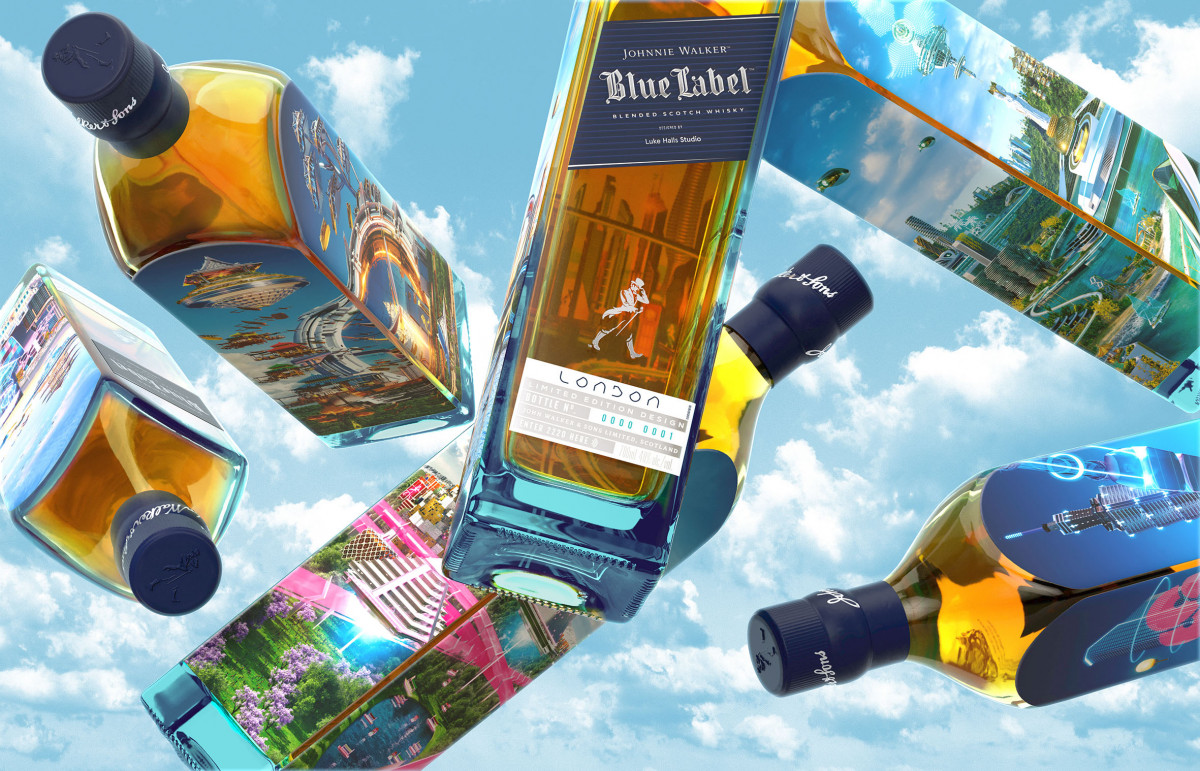
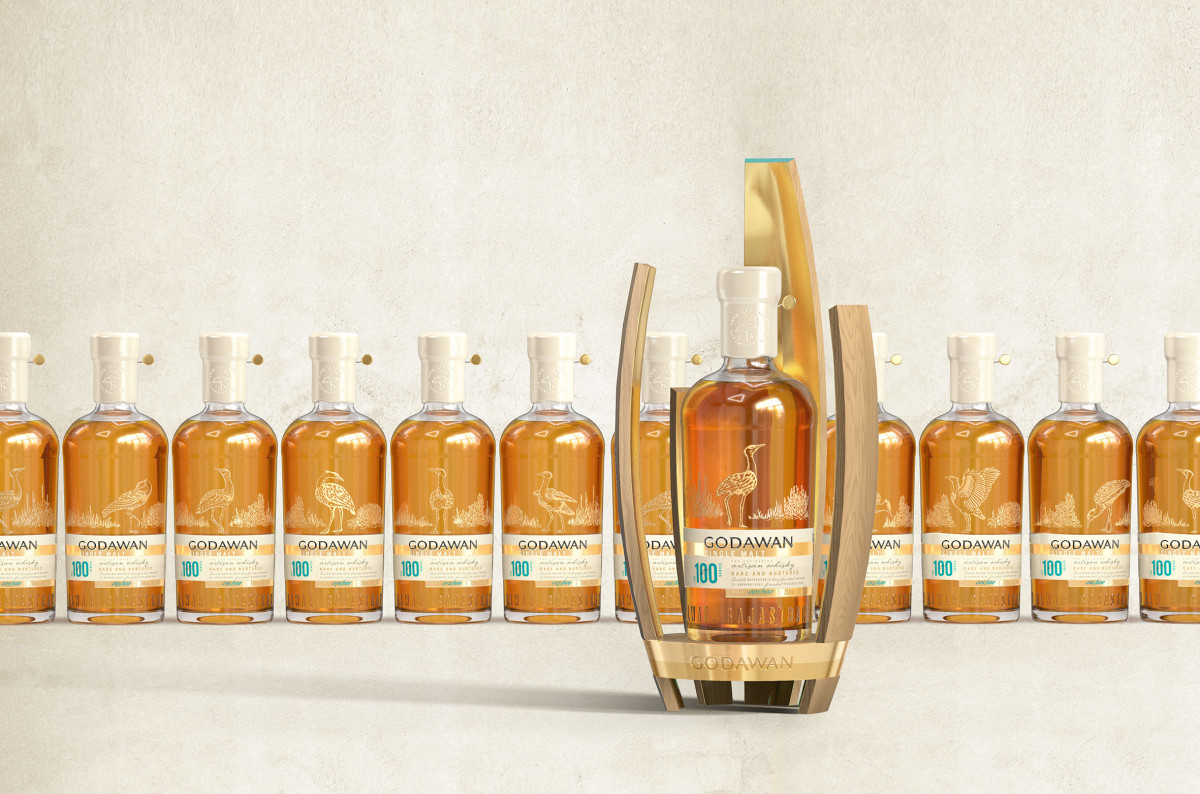
In the beauty category, innovation is a must. But if it’s not the product you can change, could it be how it’s delivered that demonstrates past, present, and future relevance?
6. PURPOSE
Every brand needs a story. But for ultra-luxury brands, these stories must be truly different, and absolutely authentic.
A whisky that embodies not just purpose, but perhaps all of these 6 principles, is Godawan Artisanal Single Malt Whisky. The Godawan, or Great Indian Bustard, was once seen all over India, but now there are only 100 remaining. Thus the Godawan whisky brand was created: a rare whisky to save a rare species.
Diageo India took it to the ultra-luxury level with Godawan Century, a bespoke 100-bottles-batch of limited edition single malts. [14]
Each bottle is a one-of-a-kind work of art, with a unique illustration of the Godawan bird, emphasising the importance of every one of the remaining Great Indian Bustards. As well as the limited edition bottles, the team held an immersive one-day event at Alila Fort in Rajasthan, close to the natural habitat of the Godawan, and collaborated with Amit Pasricha, the renowned photographer whose platform “India Lost & Found” pays an ode to timeless Indian monuments. The 30 attendees experienced something completely unique to the brand, exclusive and curated, creative and purposeful. That, surely, is the pinnacle of luxury.
Adapting these 6 principles of Creativity, Rarity & Scarcity, Credibility, Hyper-Curation, Innovation and Purpose to the beauty category is a nuanced job, but one we’re excited to see more of as the segment evolves and grows.
Article originally published in Cosmetics Business Magazine